We rely on many UK species for our food and even the air we breathe. From the tiny bugs to the bigger mammals; they all contribute towards a healthy environment that is vital for our survival. It’s like a jigsaw; if one piece is missing it just won’t work properly.
But how do we know if we’re losing a certain animal or plant? This is why it’s so important to record what wildlife we see throughout the year! The information collected helps conservationists to spot any changes or decline in species and to take action before it’s too late.
Knowledge is a vital tool for conservationists; the more information we have about our local habitats and the species that live within them the more we can do to protect them; especially those living within a built up area. If we don’t know what we’ve got, how do we know what’s missing or needs help?
We’ve been recording animals and plants on the Nature Reserve since the very beginning, even before the reserve was there! Recording wildlife is really important so that we can see what has changed and which species we’re helping.
Below are some of the ways we monitor the wildlife on the Nature Reserve…
Camera traps
We often place camera traps around the reserve to see what wonderful wildlife has been visiting! Here are a couple of our favourites:
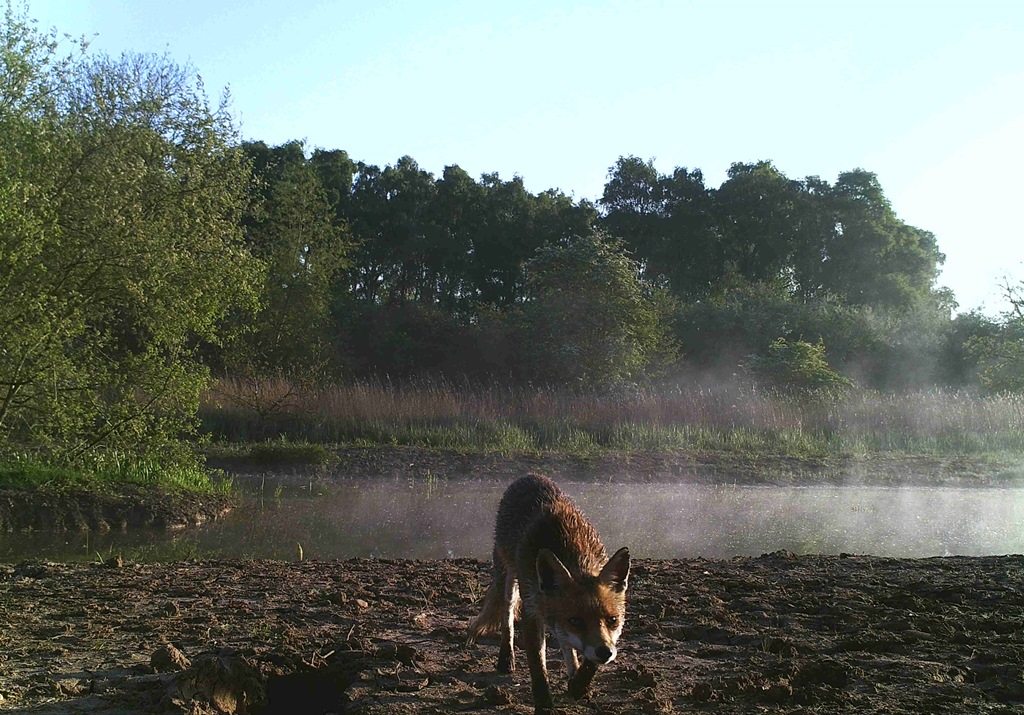
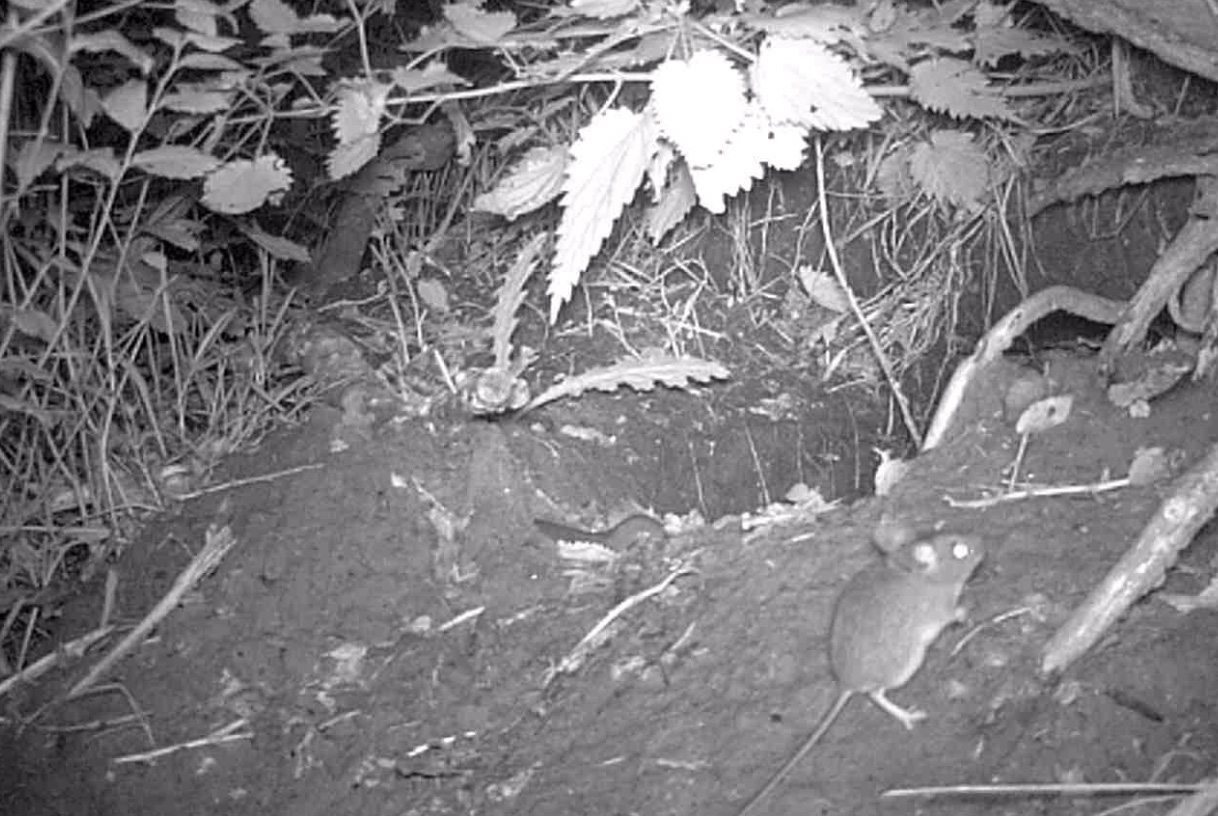
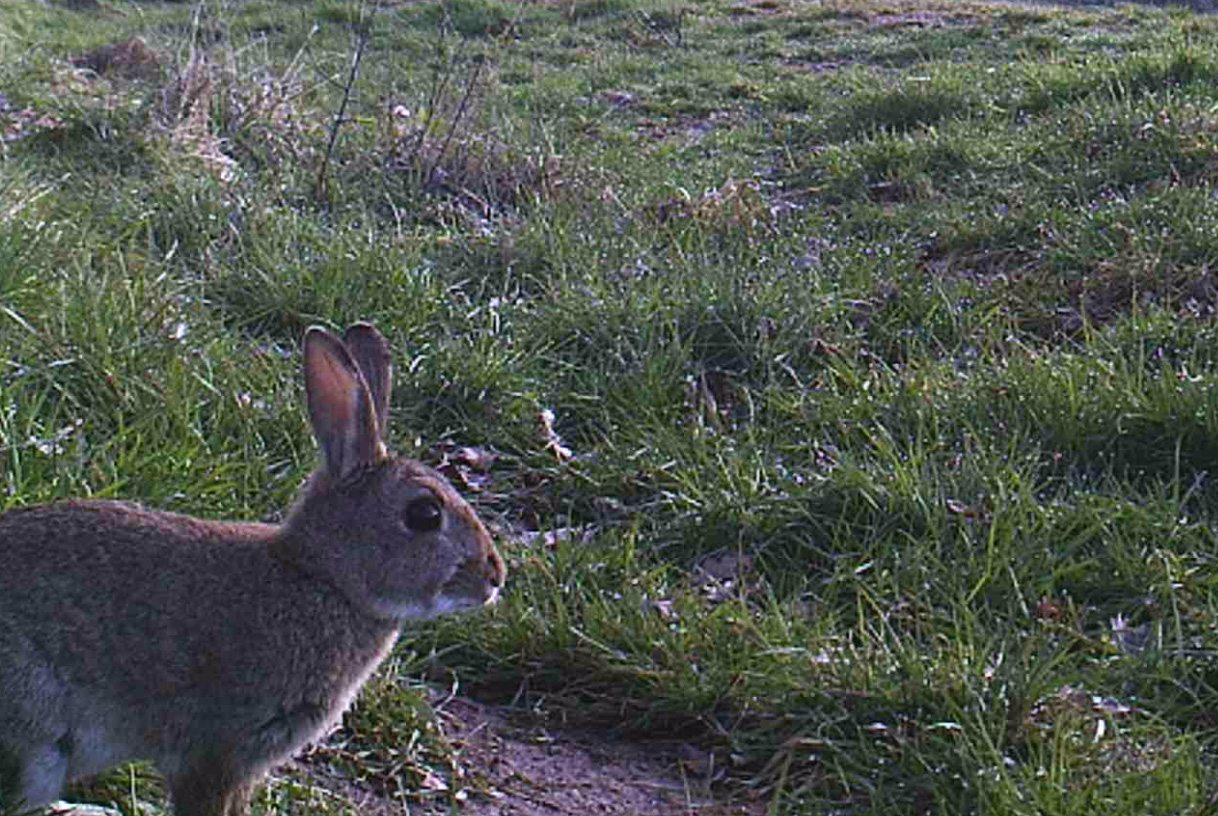
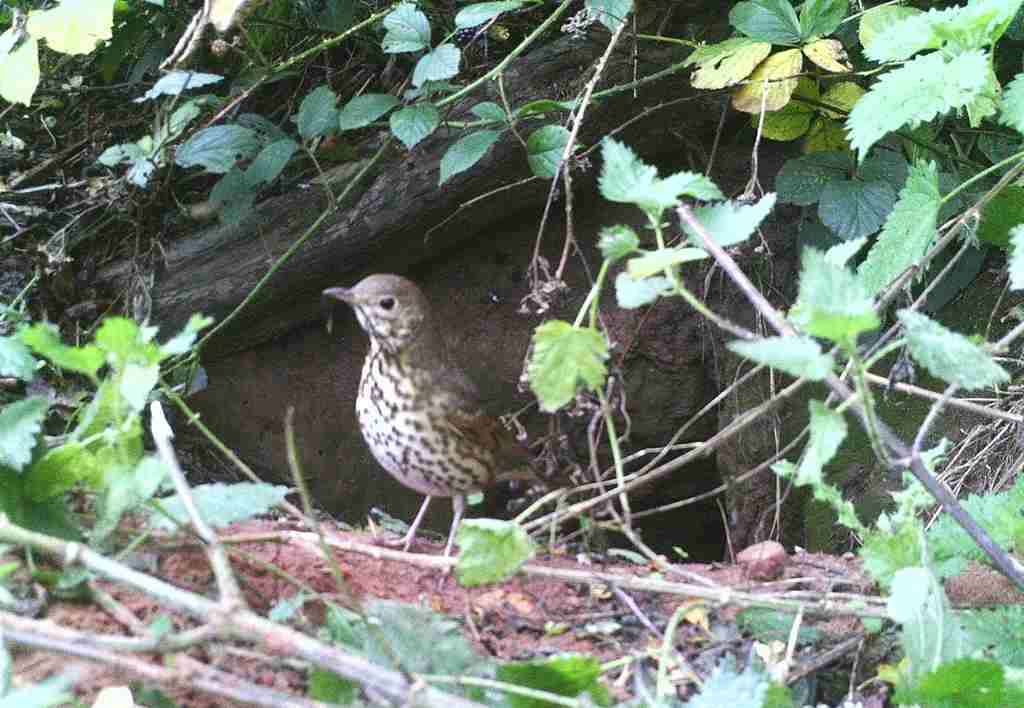
Small mammal survey
We’ve been surveying the range of small mammal species in different habitats throughout the Nature Reserve to help inform future management so that they can thrive there. Along with widespread species such as wood mouse and bank vole, we’ve also found a resident population of the secretive water shrew, who rely on good quality habitat.
We survey small mammals using our own Longworth traps and use grain and casters to encourage the animals into the snug nest box which is lined with hay. There’s always plenty of food to last the animals a couple of hours, until we check the trap. When we come to see what’s in the traps, we carefully place the animals in a clear bag, and gently work out the species, age and sex.
At the reserve we’ve left wide rough-grass margins on the mounds and along the edges of the meadow so that a variety of small mammals can make burrows and find plenty of food.
Other management is taking place in the Nature Reserve’s wet meadow to ensure that there are enough long stems for harvest mice to make their nests and plenty of overhanging growing vegetation in the ditches for water shrews. By repeating surveys over time we can build up a picture of how the management is helping small mammal populations in the long term. These animals are important in their own right, but they will also support larger mammals such as foxes and weasels, birds of prey including kestrel and buzzards and of course our local barn owls.
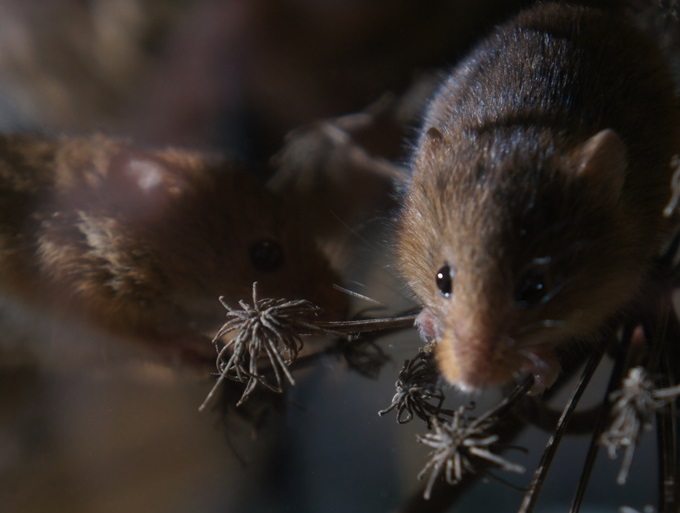
Butterfly Surveys
Based on the Butterfly Monitoring Scheme (BMS) methodology of surveying butterflies – we’ve recently set up a butterfly transect in the Nature Reserve. The route meanders past the woodland, down through the new meadow and into the wet meadow.
In 2017, we recorded 16 butterfly species with over 50 butterflies recorded on each visit! We know that the wet meadow is particularly good for orange tip and green veined whites that are attracted to the cuckoo flowers in spring, and then later in the season, the numerous thistles.
With further survey efforts we think that we should beat this species total in 2018 and it’s hoped that, as the meadow develops, we will attract even more species and higher numbers in future. By walking the same route each year, using a standard survey technique we’ll gradually get a long term picture of how butterflies are doing locally. There can be big fluctuations from year to year due to weather conditions and other environmental factors, but a general increasing trend over ten years provides good evidence that the reserve is having a positive impact.
Photo credit: Leanna Dixon
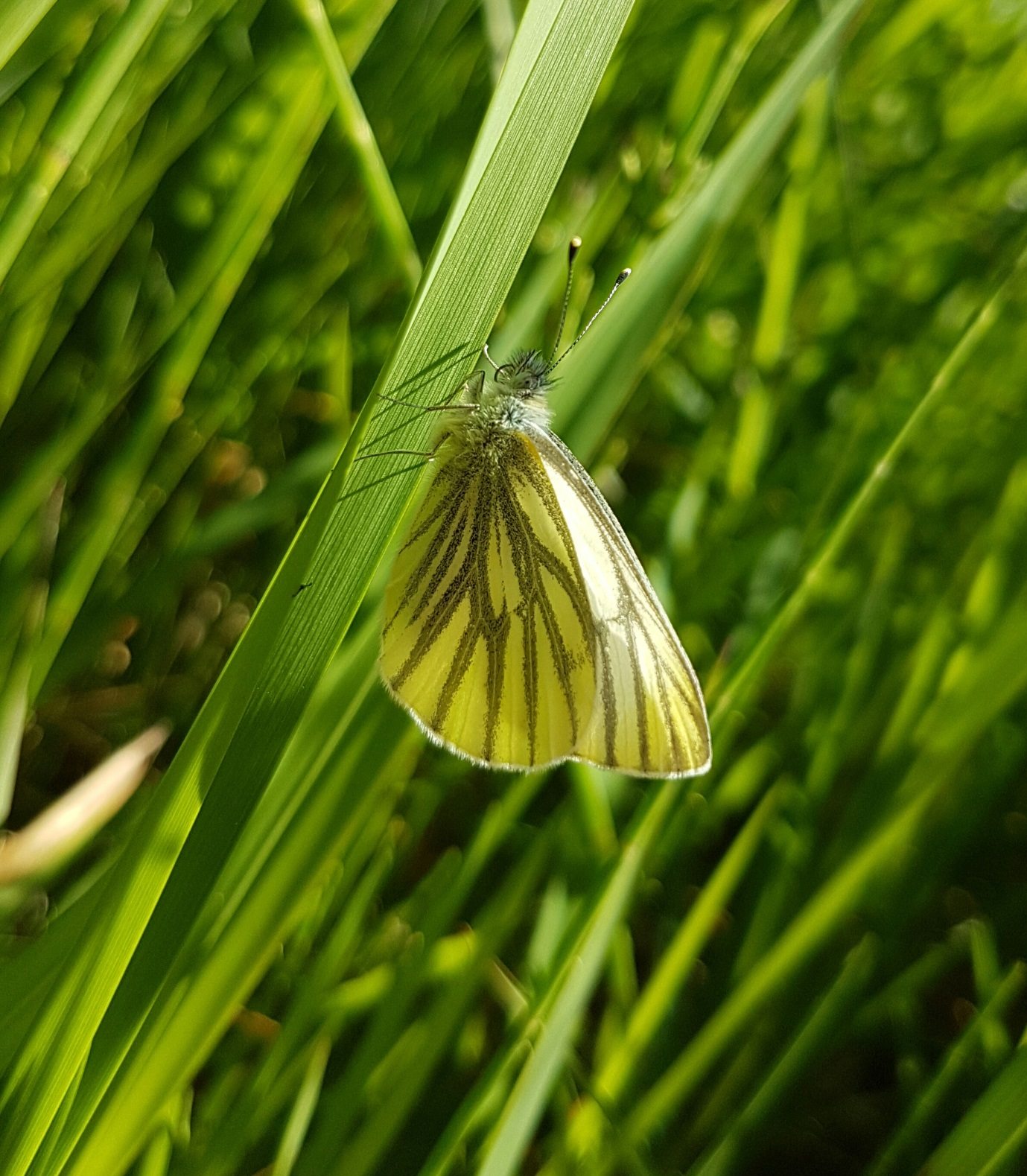
We will continue to maximise the amount of food for caterpillars and to provide nectar year-round for adult butterflies. There have previously been records of white-letter hairstreak in the area, making sure we maintain the young English elm trees in the hedgerows as they are essential for the caterpillar’s survival. We’re also beginning to monitor the moth species at the site by carrying out regular trapping sessions at night with our light-trap.
Watch this space for more updates of any exciting species spots!
Wildflower Monitoring
It’s not only important to monitor the mammals and insects that visit the Nature Reserve – it’s also important to monitor the floral diversity and structure of plants across the site. We use 4m2 quadrats that are placed at regular intervals along a set route. A quadrat is simply a square frame that is placed either randomly, or along a transect (line across the site) and then all of the plants that fall inside the frame are recorded. We’ve followed a ‘W’ shaped transect across the meadow with set ‘stops’ along the route.
At each stop the quadrat frame is placed randomly – not scientific normally by closing your eyes and throwing it a short distance – and the plants are then recorded. Our quadrat is separated into 9 sections and in each section we record the presence of all species of wildflower and then other factors such as ratio of grass to wildflowers, general height of the vegetation and the amount of bare ground. We also record the number of plant species that can be negative indicators of meadows such as nettles, spear thistle and bramble (these of course will be encouraged in small doses on the reserve).
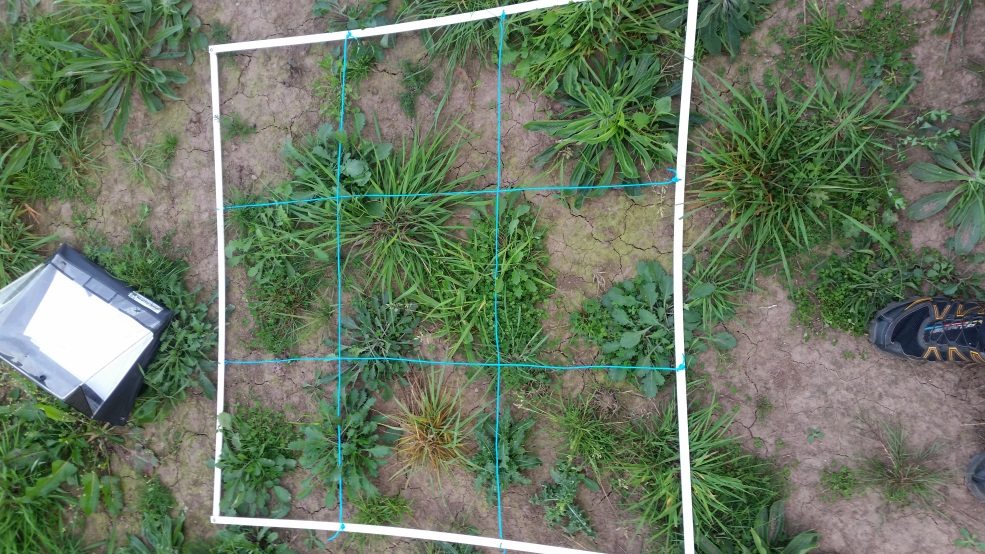
Another way of monitoring plants is to create an entire site list of all the plants found over the whole meadow, with abundance scores for each species to see how plant composition changes over time. This method is quite intensive, needs an expert botanist, and takes a couple of days each year, but the results can be essential in understanding how best to manage the reserve.
Birds
We have records of over 80 bird species spotted in and around the Nature Reserve. The area is particularly good for warblers, with six species in residence each summer. We have already seen large groups of swallows and house martins using the new meadow pond to drink and catching numerous flies that gather above the meadow.
A new bird survey was started last spring based on the British Trust of Ornithology’s common birds’ census technique; which gives a good indication of breeding bird populations on a small site. The idea is to walk the same route on ten separate occasions throughout the bird breeding period; generally late March to mid-July depending on the year and species. All birds encountered visually or through their song are recorded onto maps using special symbols for each species.
Photo credit: Andy Harmer
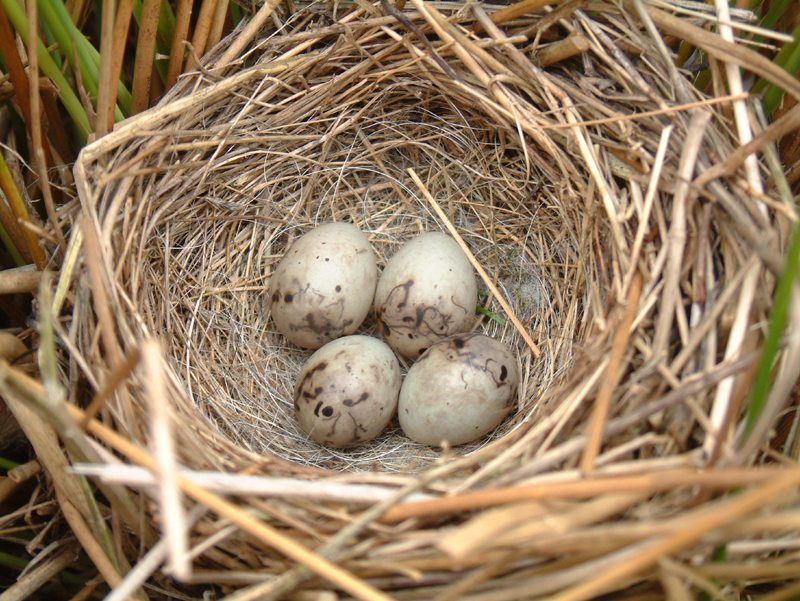
Additional information is gathered such as where the bird was seen in flight, singing, showing signs of territorial behaviour or actually on a nest. Most surveys are carried out just after dawn, but two are done in the early evening to pick up other species that may be more active at that time of day. At the end of the season all of the maps are transposed onto a single map for each species, showing all of the records from across the ten surveys.
Analysing the maps gives an idea of how many individual pairs of each species have bred at the zoo’s Nature Reserve. We’ll use this to make management recommendations and to provide conditions which are suitable for a wide range of species. The mosaic of reedbed and wet meadow and scrub at the reserve is particularly important for reed bunting, reed warbler and grasshopper warbler, and a kingfisher now regularly hunts for minnows in our wet meadow pond. Here’s a link to a reed bunting call so you’ll know what to listen out for next time you visit!
Recording events and Bioblitz
We regularly hold recording days at the Nature Reserve to increase our understanding of the site and to help people learn about specific groups of animals. Sometimes we run a Bioblitz where wildlife experts and members of the public record as many things as possible within a 24 hour period.
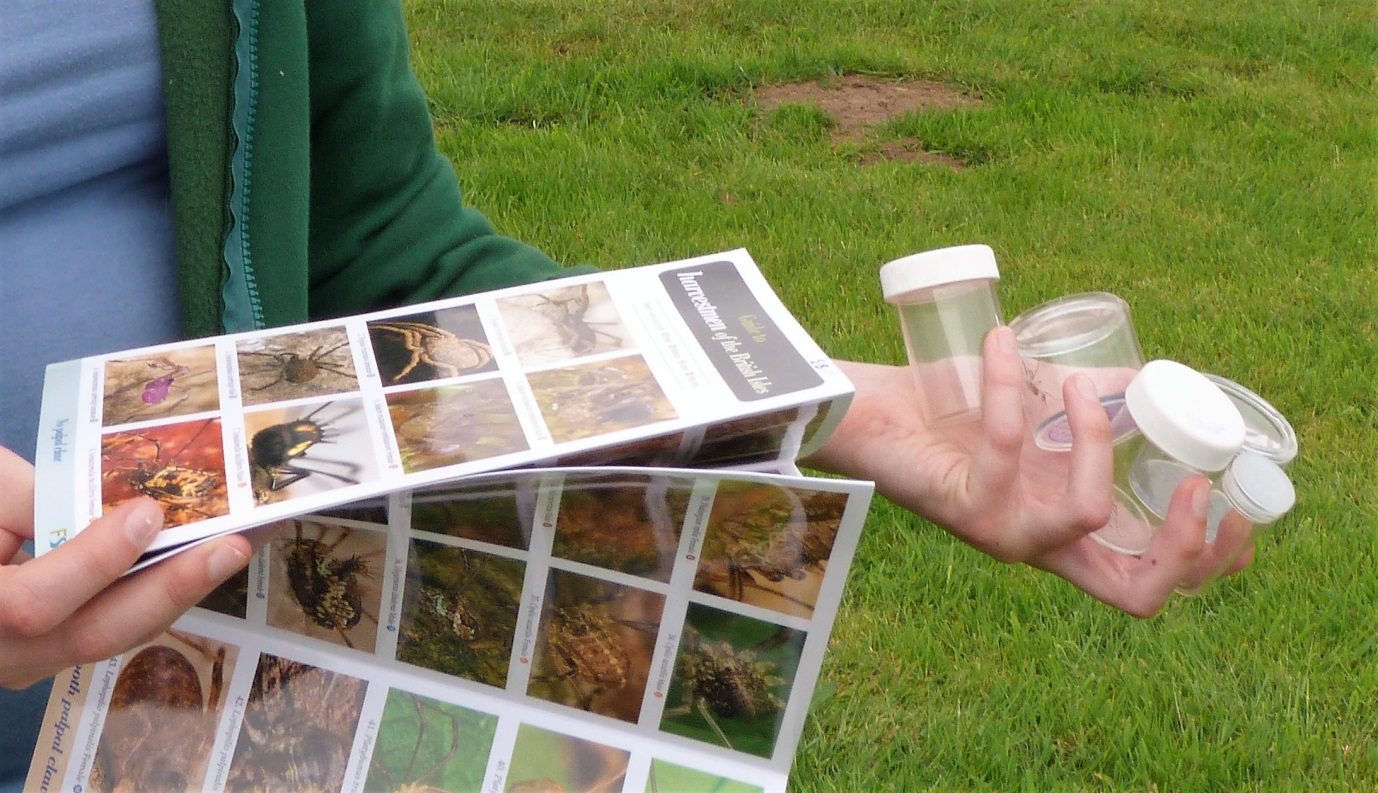
These events can be incredibly valuable, especially if repeated every few years, to see if the species lists have changed substantially. Experts often find things that we’ve never found before, or been able to identify!
We’ve also run school visits, courses for the public and staff training events at the reserve. It is a great place to come and see a really good range of Cheshire’s special wildlife.
We need your help
Please come and help us spot wildlife at the reserve. Even records of common species are extremely important. Many years ago house sparrows were common everywhere, but now they have seen huge declines. If people hadn’t taken time to record them we might not have realised just how much they are in trouble, in order to take action to protect them!
Read some hints and tips on recording wildlife, why it’s important and how you can help us here >
There’s so much to do at the Nature Reserve and it’s a great area to visit either before or after your visit to the zoo! We hope it inspires you to take action at home in your garden or community space to help local wildlife. We look forward to seeing you there soon!